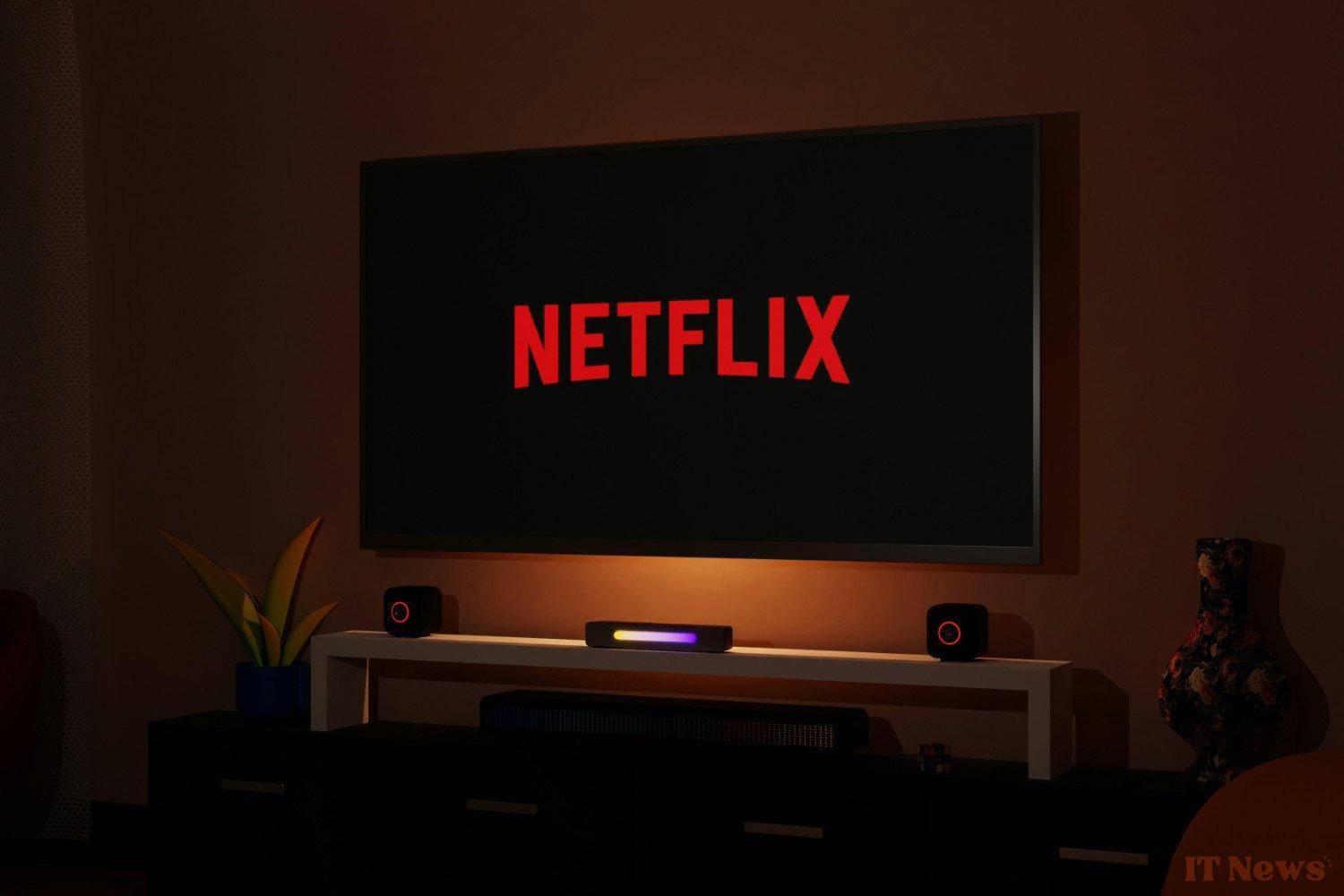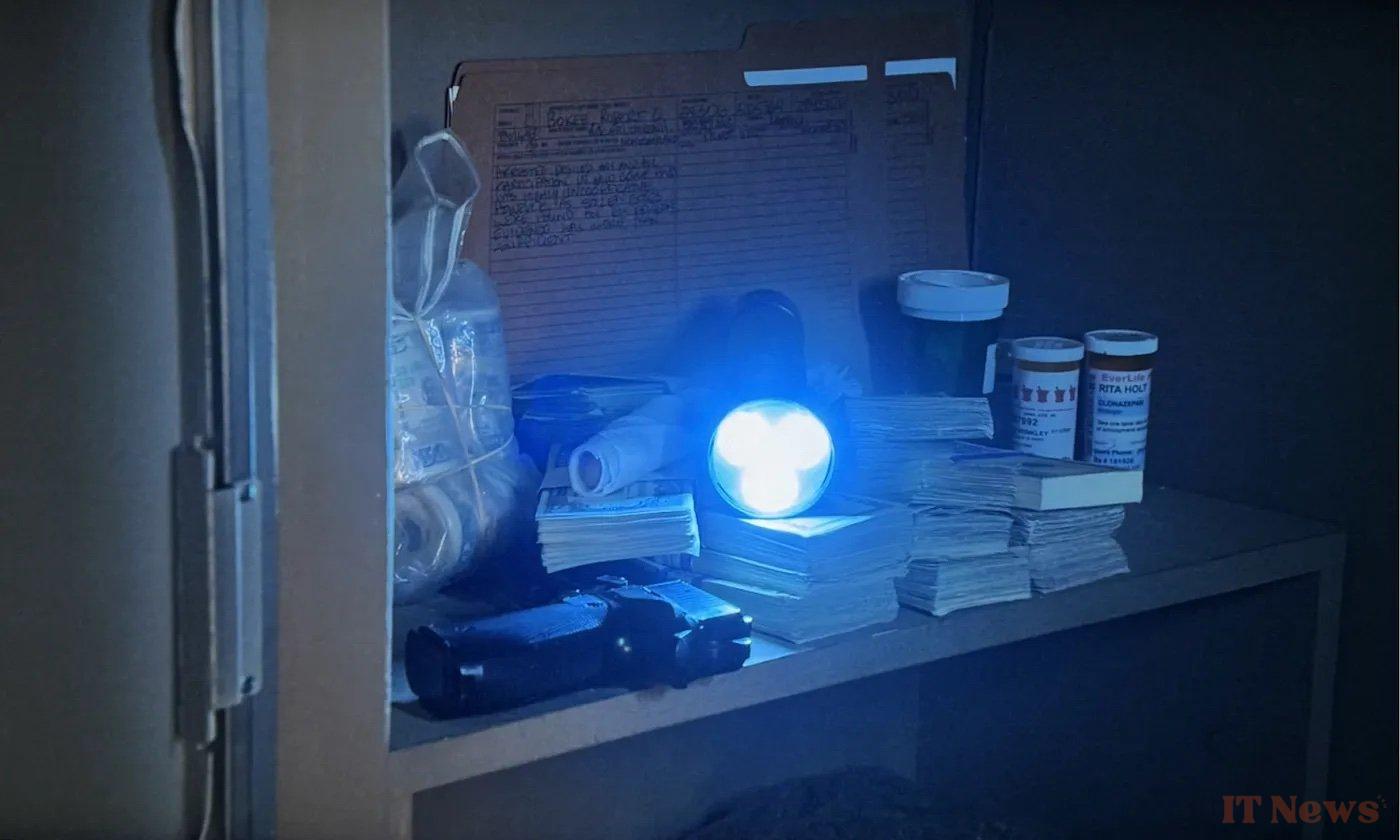When we talk about high dynamic range, there are three main technologies that stand out. HDR10, the free and open standard, is the most widespread. HDR10+ is technically open, but requires manufacturers to adhere to a free license supervised by the HDR10+ Technologies Consortium. Dolby Vision is subject to paid royalties. To these three formats, we can add HLG, a royalty-free standard mainly used for live television broadcasts, but with a quality slightly lower.
Netflix beefs up its color palette
The operating principle of all these HDR formats (except HLG) is based on metadata, which defines the contrast and brightness settings. But where HDR10 relies on static metadata—it is defined once and for all for all content—HDR10+ and Dolby Vision integrate dynamic metadata that adjusts the settings for each scene and even each shot. The image on the left is from a video in HDR10; on the right, the same image in HDR10+:
Netflix, which offered up to offers HDR10 and Dolby Vision content, now offers HDR10+. There are a few caveats to keep in mind: only devices that use the AV1 video codec are compatible with the streaming platform's HDR10+. This format was standardized in 2018 by the Alliance for Open Media (AOM), and its advantages in terms of compression and visual quality (it's also free and open, which doesn't hurt) make it a favorite of major services, including Netflix.
The industry leader had already enabled AV1 encoding for SDR (standard dynamic range) content, allowing subscribers to enjoy higher visual quality, less waiting time and better streaming in higher definitions. AV1-SDR is the second most used codec on Netflix, just behind H.264/AVC which has been present in the landscape for about twenty years.
"With the addition of HDR10+ streams in AV1, we believe that the day when AV1 will become the most used codec on Netflix will come soon," the company writes. In terms of catalog, AV1-HDR10+ represents half of all eligible viewing hours, and the volume will increase. The goal is to offer HDR10+ for all HDR content by the end of the year.
To get the most out of it, you need to be a premium subscriber, the content must be offered in HDR10+ of course, and you also need to have a device that supports both HDR10+ and AV1. This is the case for many smart TVs, smartphones and tablets, as well as streaming boxes.
Source: Netflix





0 Comments